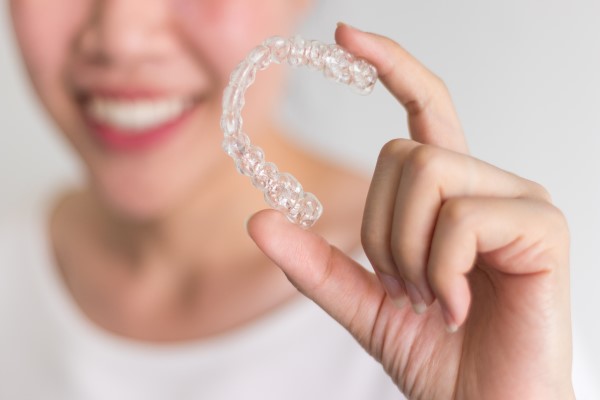Kids Orthodontist: What Is Phase One?

Early interceptive therapy, also known as phase 1 orthodontics, is performed by a kids orthodontics and deals with the application of growth appliances, expanders, or partial braces, pending the complete eruption of the patient’s adult teeth. Phase one treatment is usually recommended for children when they are between 7 and 11 years old. The treatment duration ranges from 11 to 14 months.
The purpose of phase one orthodontics
Many factors might drive a kids orthodontist’s decision to recommend phase one orthodontics. There may be a need to expand and correct the child’s jaw to accommodate the adequate eruption of permanent teeth and improve the alignment of the lower and upper jaws. Early interceptive treatment during childhood might help patients avoid major oral health issues in adulthood, such as tooth trauma or jaw surgery.
Another purpose may also be to prevent crossbite, overcrowding, severe overbite and underbite, the premature loss of baby teeth, and detrimental oral habits in young children. The treatment is essentially done to lay a stable and responsive foundation for a child’s developing permanent teeth, which is less challenging when the child is younger.
Baby tooth difficulties may typically lead to issues in all of these areas, and without early care, these issues will likely require more extensive and lengthy therapies to resolve. The goal of phase one orthodontics is to mitigate and rectify present orthodontic issues in order to prevent and reduce future issues.
Candidates for phase one orthodontics
The dentist may recommend the treatment if the child has protruding teeth; crooked, crowded, or spaced teeth; a misaligned bite; speech issues; breathing challenges; disproportionate jaw; eruption issues caused by baby teeth; and habits that affect oral development, such as thumb sucking.
Children who do not have any of these symptoms can still undergo phase one orthodontics. A child’s mouth is always changing and developing, so just because they do not require orthodontic treatment today does not mean that they will not in the future. Pediatric dentists use early orthodontic appointments to determine when and whether a child will require orthodontic treatment. The kids orthodontist will be able to obtain the best outcomes with the least amount of work by precisely scheduling your child’s treatment.
Additional points to note
Since children's facial bones are not fully grown yet, orthodontic therapy is considerably simpler and quicker. With phase one orthodontics, the dentist can prevent future issues from arising and help give the child a healthy smile.
A child should continually be assessed and treated by a qualified orthodontist. They will have a better grasp of the child’s situation and can tailor their therapy to their specific needs for optimal results.
In conclusion
If your child is around the age of 7 and has crowding or spacing issues, you can start by having them undergo an orthodontic examination to get the care that they require. One simple visit might make a significant impact on their dentition. Please contact the dental office immediately to book a consultation with the kids orthodontist.
Request an appointment here: https://www.orthoisfun.com or call Henry Orthodontics at (910) 685-7395 for an appointment in our Pinehurst office.
Check out what others are saying about our dental services on Yelp: Orthodontics for Children in Pinehurst, NC.
Recent Posts
Space maintainers are oral appliances primarily used on children to hold the space of baby teeth that fall out prematurely. There are a number of things that can lead to a child’s tooth falling out prematurely, like genetics, trauma, or tooth decay.Losing a baby tooth prematurely can have serious consequences. Milk teeth serve an important…
Considering invisible aligners? This method for straightening teeth that are crooked or crowded is growing in popularity. Over the years, the technology has advanced, which has allowed for aligners to be used to address more moderate orthodontic cases. Nowadays, more individuals are even choosing invisible aligners over the traditional route of metal braces. Why? Continue…
Orthodontic treatments are not just for children and teenagers. Adult braces are becoming increasingly popular due to advancements in orthodontic technology and the growing awareness of the importance of a healthy, well-aligned bite. For those considering adult braces, there are a few key things to remember before starting the journey toward a straighter smile. Misaligned…
Are you searching for an "orthodontist near me"? Read on to learn more. Having crooked or unevenly spaced teeth is not just an aesthetic issue. For many, the most noticeable change is in their level of self-image. Your teeth alignment makes it easy for plaque to build up, which in turn increases your risk of…


